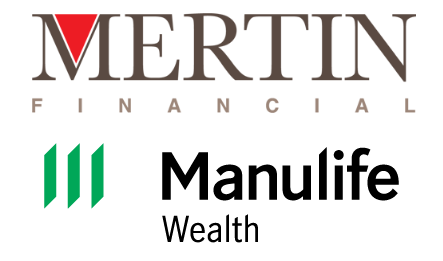How can I assess the expense of leasing or buying a car?
Article Licenses: CA, unknown, unknown
Advisor Licenses:
Compliant content provided by Adviceon® Media for educational purposes only.
The rising cost of driving.
The rising cost of fuel is making many consumers change their thinking with regard to driving expenditures. On May 5, 2011,the following was reported:
“General Motors Co. (GM-N) reported its highest quarterly profit in more than a decade, helped by fuel-efficient cars and smaller SUVs that were in demand as gas prices marched higher. The biggest U.S. automaker said Thursday that it earned $3.2-billion, or $1.77 per share, in the first quarter. It was a great start in a challenging climate that would have sunk the company just a few years ago when it was too reliant on gas-guzzling pickups and SUVs for profit.”
 On average you will need to work 30 weeks to pay for your vehicle (not counting fuel or repairs). Because driving a car is one of the largest expenses in an individual’s budget, plan this expenditure carefully. From the graph you can see that expense accumulate given a payment of an average vehicle payment of $500 per month plus gas.
On average you will need to work 30 weeks to pay for your vehicle (not counting fuel or repairs). Because driving a car is one of the largest expenses in an individual’s budget, plan this expenditure carefully. From the graph you can see that expense accumulate given a payment of an average vehicle payment of $500 per month plus gas.
Kilometres are presented as the average busy driving use per vehicle as promoted by vehicle manufacturers of 24,000 km per annum. Both monies spent on a car payment and for fuel are added in the final column. Adviceon does not claim accuracy for the numbers represented as extrapolations in the table, and uses them only for illustration. Errors and Omissions are excluded.
The Advisor and Manulife Securities Incorporated, ("Manulife Securities") do not make
any representation that the information in any linked site is accurate and
will not accept any responsibility or liability for any inaccuracies in
the information not maintained by them, such as linked sites. Any opinion
or advice expressed in a linked site should not be construed as the opinion
or advice of the advisor or Manulife Securities. The information in this
communication is subject to change without notice.
This publication contains opinions of the writer and may not reflect opinions
of the Advisor and Manulife Securities Incorporated, the information contained
herein was obtained from sources believed to be reliable, no representation,
or warranty, express or implied, is made by the writer, Manulife Securities or
any other person as to its accuracy, completeness or correctness. This
publication is not an offer to sell or a solicitation of an offer to buy any
of the securities. The securities discussed in this publication may not be
eligible for sale in some jurisdictions. If you are not a Canadian resident,
this report should not have been delivered to you. This publication is not
meant to provide legal or account advice. As each situation is different you
should consult your own professional Advisors for advice based on your
specific circumstances.


 On average you will need to work 30 weeks to pay for your vehicle (not counting fuel or repairs). Because driving a car is one of the largest expenses in an individual’s budget, plan this expenditure carefully. From the graph you can see that expense accumulate given a payment of an average vehicle payment of $500 per month plus gas.
On average you will need to work 30 weeks to pay for your vehicle (not counting fuel or repairs). Because driving a car is one of the largest expenses in an individual’s budget, plan this expenditure carefully. From the graph you can see that expense accumulate given a payment of an average vehicle payment of $500 per month plus gas.

